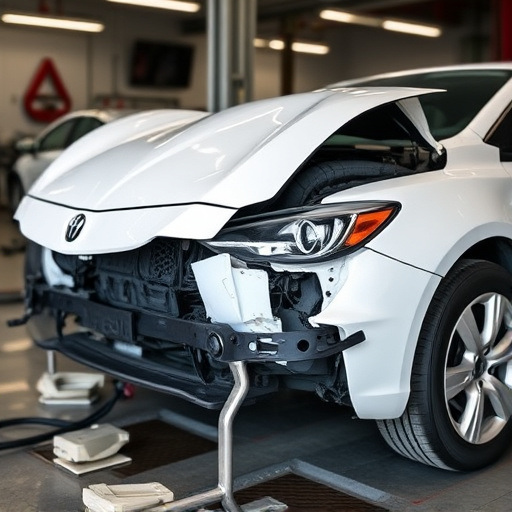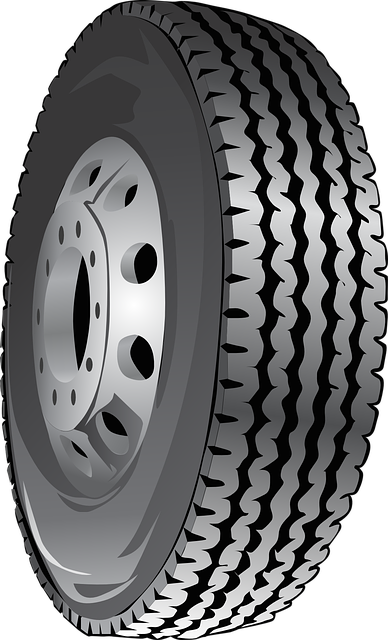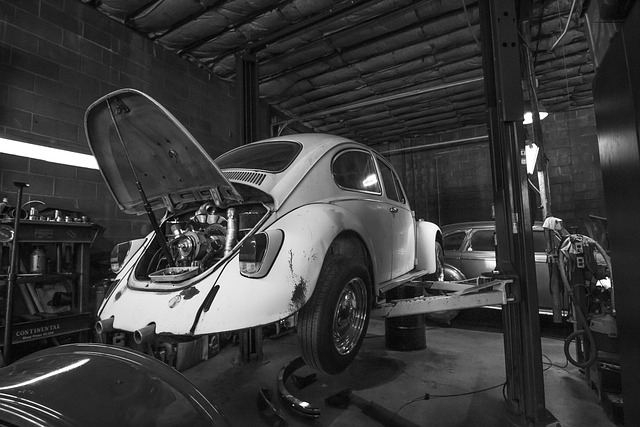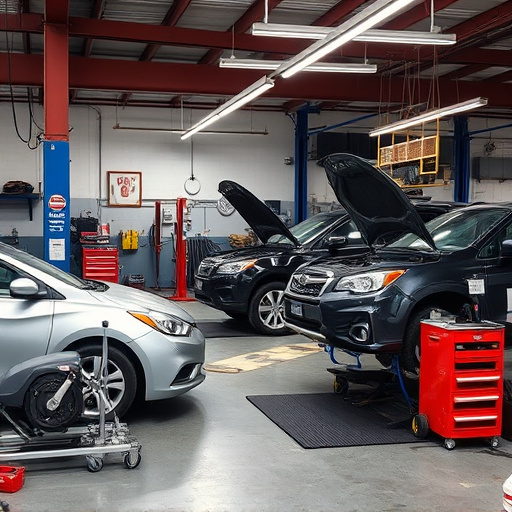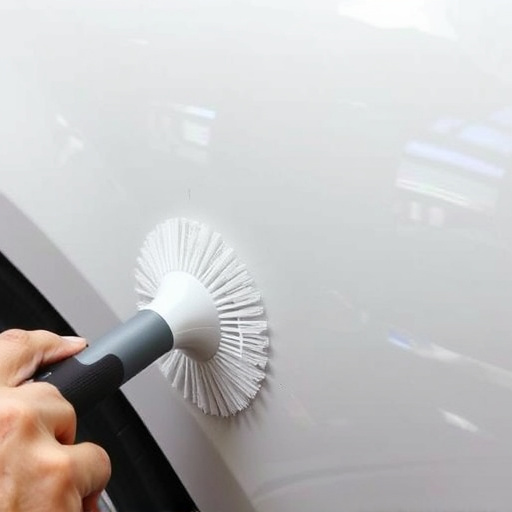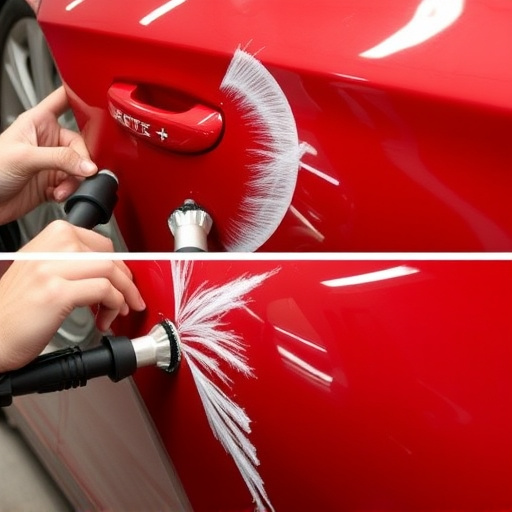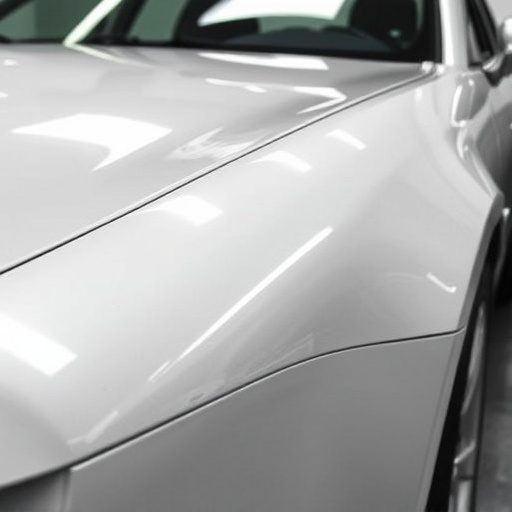Temperature fluctuations significantly impact Mercedes wheel integrity, causing expansions and brittleness leading to distortions, cracks, or fractures. Humid climates foster rust, complicating repairs. Specialized auto repair services offer solutions like paintless dent repair for heat-related and cold-induced damage. Optimal repair conditions include temperatures between 20-25°C (68-77°F) and humidity levels from 40-60%.
Temperature and climate play a significant role in Mercedes wheel repair, impacting integrity and repairability. Extreme heat can weaken materials, while cold temperatures affect resistance and flexibility. Humid climates introduce moisture, leading to corrosion and rust. Understanding these factors is crucial for effective repairs. This article explores the specific effects of temperature and climate on Mercedes wheels, highlighting optimal conditions for successful restoration.
- Temperature's Impact on Wheel Integrity
- Climate Effects on Mercedes Wheel Repairability
- Optimal Conditions for Effective Repairs
Temperature's Impact on Wheel Integrity
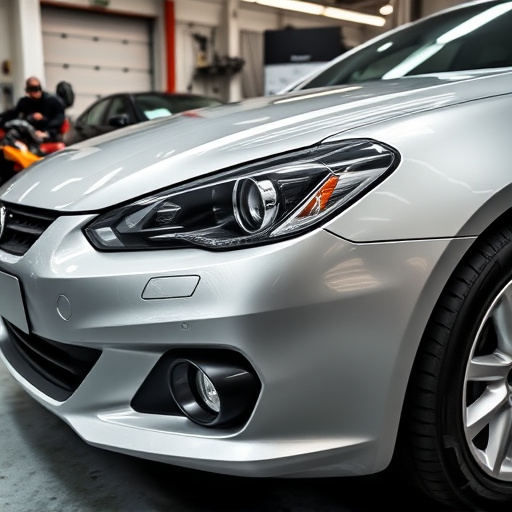
Temperature plays a significant role in maintaining the integrity of Mercedes wheels. Extreme heat can cause metal to expand, leading to slight distortions or warping over time. This is particularly true for wheels exposed to direct sunlight during long periods, such as those parked outdoors. Conversely, cold temperatures can make metal brittle, increasing the risk of cracks or fractures when subjected to pressure, especially during intense driving conditions.
Regular temperature fluctuations further exacerbate these effects. The constant cycle of heating and cooling weakens wheel structures over time, making Mercedes wheel repair more frequent in regions with dramatic seasonal changes. This is where specialized auto repair services step in, offering solutions like paintless dent repair or comprehensive vehicle body repair for both heat-related distortions and cold-induced damage, ensuring your Mercedes wheels maintain their original condition despite environmental factors.
Climate Effects on Mercedes Wheel Repairability
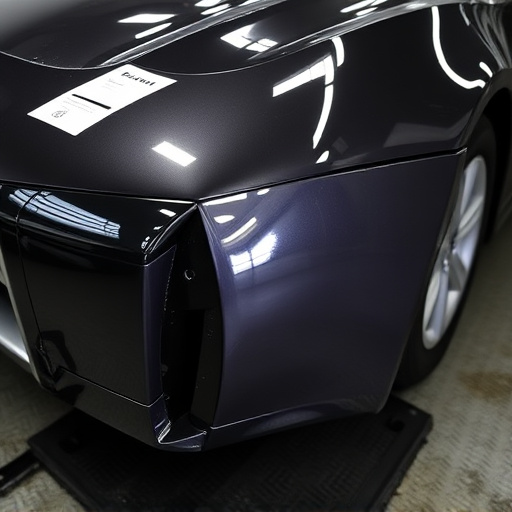
The climate plays a significant role in determining the repairability of Mercedes wheels. In regions with extreme temperatures, both hot and cold, wheel damage can accelerate due to thermal expansion and contraction. These fluctuations cause metal to expand and contract, potentially leading to cracks or deformations that complicate the repair process. For instance, severe cold weather can make alloy wheels brittle, increasing the risk of breakage during the removal or replacement process. On the other hand, intense heat from prolonged exposure to direct sunlight or industrial settings can weaken the material, making wheels more susceptible to damage when subjected to impact or corrosion.
Additionally, moist and humid climates create an environment conducive to rust formation, which significantly impacts Mercedes wheel repair. Rust not only weakens the structural integrity of the wheel but also complicates the repair process as it requires specialized techniques to remove without damaging the underlying metal. Auto body repair specialists in such regions often employ additional precautions, like using moisture barriers or conducting regular inspections, to mitigate these climate-related challenges and ensure effective Mercedes wheel repair services alongside collision repair services and car repair services.
Optimal Conditions for Effective Repairs
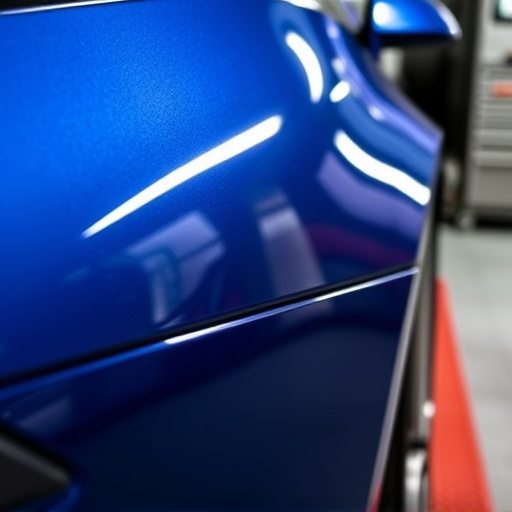
When it comes to Mercedes wheel repair, maintaining optimal conditions is paramount for achieving effective results. Ideal temperatures range between 20-25°C (68-77°F), as extreme heat or cold can negatively impact the adhesive properties and curing process of repairs. At these moderate temperatures, resins and glues used in wheel restoration set at their best, ensuring a strong bond that restores structural integrity without compromising aesthetics.
Moreover, consistent humidity levels are crucial for Mercedes wheel repair. Too much moisture can lead to rust or mold issues underneath the repair, while too little humidity may cause the adhesive to dry too quickly, resulting in an uneven finish. Maintaining balanced humidity levels, typically between 40-60%, creates favorable conditions for precise and long-lasting vehicle collision repair, particularly when addressing classic car restoration projects involving intricate vehicle bodywork.
In conclusion, understanding how temperature and climate influence Mercedes wheel repair is paramount for ensuring effective and lasting fixes. Temperature’s impact on material integrity and various climates’ unique challenges necessitate tailored approaches. By maintaining optimal conditions, professionals can achieve superior outcomes in Mercedes wheel repair, enhancing vehicle performance and longevity. These insights are crucial for both mechanics and car owners seeking reliable solutions for their Mercedes wheel repairs.


